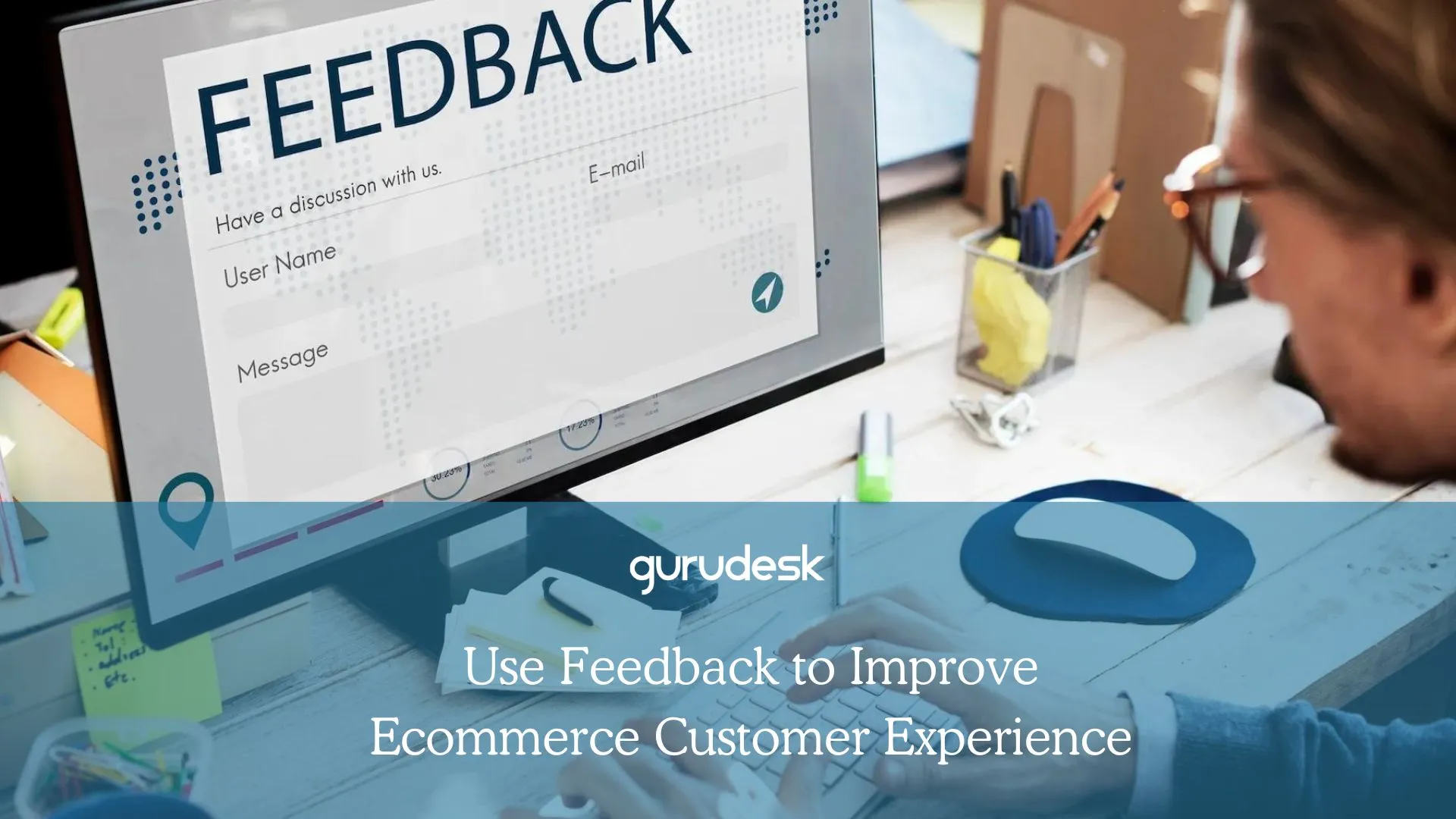
Social media has become an indispensable tool for businesses of all sizes.
With over 4.6 billion social media users worldwide, it offers an unparalleled opportunity to connect with potential customers, build brand awareness, and drive sales.
However, with so many social media platforms and strategies to choose from, it can be overwhelming to know where to start.
This comprehensive guide will equip you with the knowledge and tools to effectively leverage social media for your business, helping you achieve your marketing and growth objectives.
1. Define Your Goals – Leverage Social Media
Before embarking on your social media journey, it’s crucial to define your goals and target audience.
- What do you want to achieve with social media?
- Are you looking to increase brand awareness, generate leads, drive website traffic, or boost sales?
For instance, if your goal is to generate brand awareness, you can create more product-focused content, showcase your products’ value, or do giveaways.
If it is to drive website traffic, then you can publish short versions of your blogs and give links.
2. Target Audience
Identifying your target audience is equally important.
- Who are you trying to reach with your social media content?
- What are their demographics, interests, and online behavior?
Be sure to analyze your data along with your competitor’s. This allows you to understand who your most profitable customers are and where to focus your marketing efforts.
Track the online behavior of potential customers. This allows you to identify unmet needs and develop products or services that are more likely to appeal to your target audience.
Being able to define your goals demands that you understand your overall benefit. What separates you from the overcrowded sea?
Doing market research and competitor analysis allows you to see what the oversaturated scene lacks, which you can use to your advantage.
Do your competitors lack 24/7 customer support? That could be your advantage, along with the services you have to offer.
Is your competitor’s’ website experiencing various downtimes per year? Turn your focus to choosing a hosting provider that keeps our website running 99.9% of the time.
Create user personas, which are fictional representations of ideal customers that are based on research and data. This can help guide marketing and product development efforts.
Understanding your target audience will help you create content that resonates with them and attracts the right type of followers.
2. Choose the Right Social Media Platforms
With a plethora of social media platforms available, it’s essential to select the ones that align with your target audience and business goals.
Each platform has its unique characteristics, user base, and content formats.
When analyzing your competitors, you would have a better understanding of where they are most active and what kind of content they are publishing.
This allows for a better chance at creating the right content for the audience.
For instance, Instagram is visually driven and ideal for sharing images and videos, while LinkedIn is more professional and suited for business networking. Quora and Reddit allow users to ask questions and receive answers from other users.
Evaluate each platform’s audience demographics, engagement rates, and advertising options to determine which ones are most relevant to your business.
Avoid spreading yourself too thin; focus on a few platforms where you can consistently produce high-quality content.

3. Create Engaging and Valuable Content
The heart of social media success lies in creating engaging and valuable content that captures your audience’s attention.
To navigate this dynamic landscape, it’s crucial to understand your strengths, weaknesses, opportunities, and threats (SWOT analysis) and make use of the power of engaging and valuable content creation.
SWOT Analysis
A SWOT analysis gives valuable insights into your business’s position in the social media arena.
By identifying your strengths, weaknesses, opportunities, and threats, you can tailor your content strategy to maximize your brand’s presence and engagement.
- Strengths: Identify your unique selling points, your loyal customer base, your ability to produce high-quality content, and your strong brand identity.
- Weaknesses: Acknowledge areas where you may lack resources, consistency, or innovation compared to competitors. Improve your social media performance and close the gap with industry leaders.
- Opportunities: Explore emerging trends, new platforms, or gaps in competitors’ strategies to gain a competitive advantage. Keep up with industry developments and seize opportunities to differentiate your brand and attract new followers.
- Threats: Anticipate and address external factors that could negatively impact your social media efforts. Strong competition, algorithmic changes, or industry challenges can make it harder to succeed. Take proactive measures to mitigate these threats.
Content Creation
While a SWOT analysis provides strategic direction, it’s creating engaging and valuable content that truly drives social media success.
- Audience Preferences: Learn about your target audience’s demographics, interests, and online behavior to tailor your content to their preferences. Make sure your content resonates with their needs and interests.
- Diversity in Content Format: Social media users like variety, so use a variety of content formats. Share informative blog posts, eye-catching visuals, behind-the-scenes glimpses, and customer testimonials to cater to different tastes and preferences.
- Storytelling: Evoking and Connecting: Use storytelling techniques in your content, using narratives, anecdotes, and personal experiences to engage your audience on an emotional level. Share customer success stories and case studies to showcase your brand’s impact.

4. Post Consistently and Strategically
Consistency is key to building a loyal following on social media.
Develop a content calendar to plan and schedule your posts in advance, ensuring a steady stream of engaging content.
Strategic posting involves considering the best times to reach your audience. Analyze your audience’s online behavior and post when they are most active.
Use social media analytics tools to track your performance and adjust your posting schedule accordingly.
5. Engage with Your Audience
Social media is a two-way street. Respond to comments, answer questions, and participate in conversations.
Encourage feedback, address concerns, and show that you value your audience’s interaction.
Run contests, giveaways, and polls to boost engagement and generate excitement.
Encourage user-generated content by asking your audience to share their experiences or create content related to your brand.
6. Monitor and Analyze Your Performance
Regularly monitor your social media performance using the analytics tools provided by each platform.
Track metrics such as follower growth, engagement rates, website traffic generated from social media, and conversions depend on the goals set initially.
Use these insights to identify what’s working and what’s not. Adapt your strategy based on your findings to optimize your social media efforts and achieve your goals.
7. Utilize Social Media Advertising
Paid social media advertising can significantly amplify your reach and target specific demographics with tailored messaging. Whether it be via Google Ads or Meta, paid ads can have a grand reach to harbor in the traffic you want.
Experiment with different ad formats, targeting options, and budgets to find what works best for your business.
Use social media advertising to promote specific products, services, or events. Track your ad performance and optimize your campaigns to maximize ROI.

8. Collaborate with Influencers
Partnering with relevant influencers in your industry can expand your reach and tap into a new audience. The reason is that users tend to trust those they look up to, such as influencers.
Not only does this help bring their customers to your business, but it also increases social proof and harbors trust for your business.
Choose influencers who align with your brand values and target audience. Collaborate on content creation, product endorsements, or influencer marketing campaigns.
Leverage their influence to generate buzz around your brand and drive engagement.
9. Stay Updated on Social Media Trends
The social media landscape is constantly evolving.
Stay informed about emerging trends, new platform features, and algorithm updates to keep your strategy fresh and effective.
Embrace experimentation and innovation to stay ahead of the curve and engage your audience in new and exciting ways.
10. Invest in Social Media Management Tools
Social media management tools can streamline your workflow, help you schedule posts, and track your performance more effectively.
These tools can also help you manage multiple social media accounts, analyze your audience, and generate social media reports.
- Hootsuite: A versatile platform that allows you to schedule posts, engage with your audience, and monitor social media activity from a centralized dashboard.
- Sprout Social: Ideal for analyzing audience demographics, managing interactions, and creating detailed social media reports.

11. Be Patient and Consistent
Building a successful social media presence takes time and consistent effort. Don’t expect to see overnight results.
Stay committed to your strategy, continue to create high-quality content, and engage with your audience regularly.
Over time, you will see your social media efforts pay off in terms of increased brand awareness, website traffic, and sales.
12. Social Media for Customer Service
Social media can be a powerful tool for providing excellent customer service. Respond to customer inquiries promptly and professionally.
Address concerns and resolve issues effectively.
Use social media to showcase your commitment to customer satisfaction. Positive customer interactions can help build trust and loyalty.
Be sure to always create content around your customers’ questions and concerns, since this would create a more positive brand association for potential customers as well.
Keep in mind that customers tend to check out the various social media accounts of companies to assess their credibility before doing business with them.
13. Track Your Social Media ROI
Measuring the return on investment (ROI) of your social media efforts can be challenging, but it’s important to track your progress.
Use a variety of metrics to measure your social media success, such as:
- Website traffic from social media
- Social media engagement (likes, shares, and comments)
- Lead generation from social media
- Brand awareness metrics (mentions, social media sentiment)
By tracking your ROI, you can identify what’s working and what’s not and make adjustments to your strategy accordingly.

Social Media for Business Growth
Social media, when leveraged effectively, can be a powerful tool for businesses of all sizes.
By following the strategies outlined in this comprehensive guide, you can harness the power of social media to build brand awareness, generate leads, drive sales, and achieve sustainable growth.
Social media is a journey, not a destination.
Stay committed to your strategy, adapt to the ever-changing landscape, and embrace the opportunities that social media presents.
With dedication and creativity, you can use social media to propel your business to new heights.
Join the GuruDesk community and be among the first ones to discover the hottest trends in web services! We are a team of web experts and we love sharing our knowledge and experience with our readers! We share tips and tricks on a wide range of topics, including web development, cloud services, and hosting. Whether you are a seasoned pro or just starting out, we promise you will find valuable information here. So go ahead, hit that “Subscribe” button and let the fun begin!






